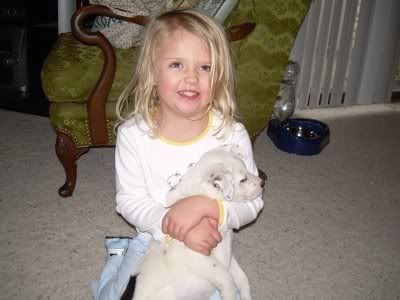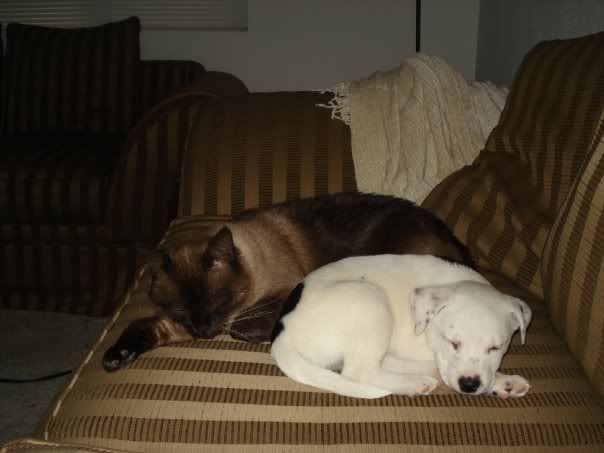
Mayer, Mercer. Just a Little Critter Collection. New York, NY. Golden Books. 2005.
Mayer, Mercer. The Smelly Mystery: Little Monster Private Eye. New York, NY. Inchworm Press. 1998.
One of my favorite books growing up were the Little Critter books by Mercer Mayer. I bring these books with me when I go to watch Terra, and she absolutely loves them. Particularly, she likes the ones that feature Little Critter's younger sister, such as in Just a Nap, When I Grow Up, and Me Too! It was really hard for me to pick just one book for this activity, because usually when it is time to read before Terra's nap, she grabs every single Little Critter book she can find. I have even started going to the library to find more that I don't own for us to read. I also discovered some of Mercer Mayer's other book series, such as Little Monster Private Eye. Terra really likes these books as well, especially The Smelly Mystery, about an Evil Smell Switcher who is running all over town switching smells! I think that the best part about this book is that kids can't wait to find out what's going to happen!
I think that Terra mostly likes these books because they are fun and relatable. I remember loving these books when I was younger, especially I Was So Mad, and When I Get Bigger. You can really understand what the character in these stories is feeling, and realize that you feel, or have felt that way at some time. In I Was So Mad, absolutely nothing is going Little Critter's way, so he decides that he should move away. However, as he is trying to leave, his friends come over to see if he can play, so Little Critter decides he will run away tomorrow, if he is still just so mad. I can remember thinking I should run away when I was little, and I know as kids the silliest things make us so mad! I also know that especially with Terra, if she doesn't get her way it's time for a temper tantrum! Also, with When I Grow Up, and When I Get Bigger, I think that kids really like these books because every child wishes that they could grow up and do grown up things, like stay up late and do things all by themselves. I also think that Terra enjoys the Me Too! book because it is predictable. Every time Little Critter tries to do something, who comes up behind him but his annoying little sister saying "Me Too!" so then Little Critter has to help her or share. How annoying right? But Terra knows that every time Little Critter tries to do something, like use his skateboard, his sister is going to say... "Me Too!" so Terra can chime in and say that part of the book. Just A Nap is also a really cute story about a little girl who finds just about every distraction in the world to keep her from taking her nap. "But I just wasn't sleepy..." she says, which Terra tells me pretty much every time it's time to take her nap. I think that one thing that is interesting is to see how the characters reflect the way kids actually are. I think it will be fun for Terra to look back at these books and say "Hey, I remember feeling this way!" just like i do now.






